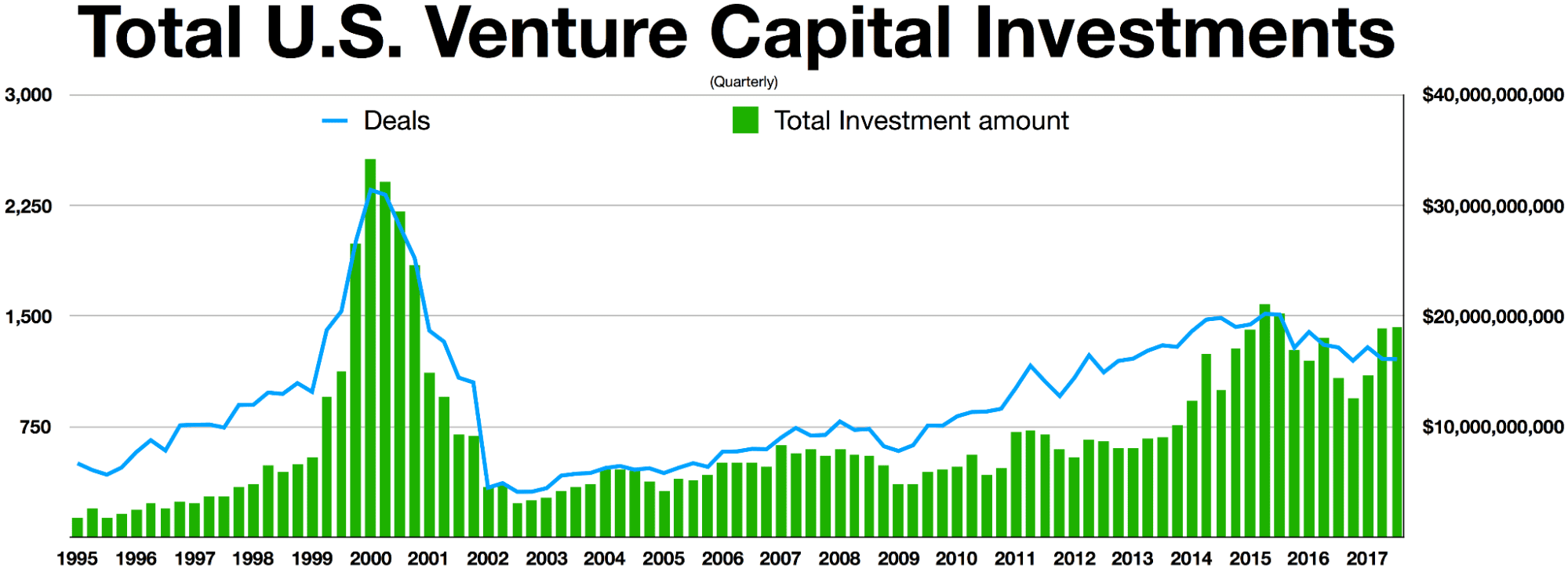The Generative AI Bubble Will Burst Soon
Due to unsustainable hype, unrealistic valuations, limitations of current technology, and unproven business models.

Image by Author
The generative AI revolution has captured the tech world's imagination. ChatGPT and tools like it seem to herald a new era of possibility, where AI can generate content, art, and even programming code on demand. Venture capital has flooded into generative startups, with total funding reaching hundreds of billions dollars. But amidst the excitement, some are beginning to wonder - is this a bubble ready to pop?
The pattern seems familiar. A hot new technology arrives and is immediately embraced as world-changing and transformative. Massive amounts of capital pour in, valuations hit the stratosphere, and hype overwhelms rational analysis. This was the dot-com bubble in the late 90s, where internet startups with no revenue or business models achieved dizzying market caps. And it all came crashing down in 2000.
What Happened in the Dot-com Bubble?
The dot-com bubble, also known as the Internet bubble, was a period of excessive speculation and investment in internet-based companies during the late 1990s. This economic euphoria was driven by the belief in the transformative potential of the internet. However, the bubble eventually burst, leading to a crash in stock prices and the collapse of many startups.
Many dot-com companies were built on flimsy business models. They lacked solid revenue streams or profitability, relying heavily on investor funding. The focus was often on capturing market share and user growth rather than generating profits.
As the dot-com companies struggled to turn a profit, reality struck. The initial excitement and optimism began to fade as it became clear that many of these companies were not sustainable in the long run. Investors started to question the viability of these businesses.
The dot-com bubble burst in the early 2000s. The stock prices experienced a significant drop, leading to the bankruptcy of numerous dot-com companies. The NASDAQ index, which had reached its peak in March 2000, dropped 76.81% by October of the same year . Big firms like Cisco, Intel, and Oracle lost more than 80% of their share value - Dot-com bubble - Wikipedia.

Image from Wikipedia
How the Generative AI Bubble will Burst
The rapid growth and hype surrounding generative AI has all the makings of an economic bubble. Generative AI models like DALL-E 2 and GPT-4 have captured the public imagination and attracted billions in investment. But this enthusiasm may prove unsustainable.
Like all bubbles, the Generative AI craze is built on speculative expectations about future capabilities. Investors are betting these technologies will continue rapid advancements and find lucrative real-world applications. But there is a risk these expectations get ahead of reality.
Several factors could burst the bubble. One is the limitations of today's Generative AI. While impressive, the models still produce low-quality outputs too unreliable for many tasks. And training ever-larger models requires exponentially more data and computing power, raising questions about scalability.
As hype meets reality, valuations of generative startups may prove unrealistic. Funding could dry up amidst unmet milestones, lack of profits, and loss of novelty. Stock prices will likely plunge once growth stalls.
Past experience shows hot new technologies go through a hype cycle before real capabilities emerge. While Generative AI has promise, investors should beware of irrational exuberance. Sustainable value will require matching capabilities to appropriate use cases rather than treating it as a cure-all.
Concerns about the Generative AI Bubble
With several issues in need of overcoming, it’s likely that fears of an AI bubble will persist. The mass adoption of Generative AI is still in its relative infancy, despite the huge number of companies that have already utilized the technology. As more companies take up Generative AI, fears may actually worsen. If an AI bubble does occur, it will be because of the following reasons.
Slowdown in Adoption
There are already signs of a slowdown in the adoption of Generative AI. People are starting to prefer creative work from humans rather than relying solely on AI-generated content. This preference for human creativity could hinder the growth and widespread adoption of Generative AI.
Capital Requirements
Many startups in the AI space rely on API calling and pre-trained models due to the high capital requirements for training their own models. This lack of capital can limit the growth and innovation of startups in the Generative AI sector.
Economic Factors
The global recession that is predicted to occur could have a significant impact on the AI industry. Investors may become more cautious and start pulling money from the market, leading to a decrease in funding for AI startups.
Legal and Ethical Concerns
Generative AI raises legal and intellectual property issues surrounding ownership and control of the content it generates . There are also concerns about ethics and bias resulting from the data AI systems are trained on. These concerns could lead to increased regulation and limitations on the use of Generative AI, making it more difficult for businesses to innovate.
Conclusion
The future of the Generative AI industry remains uncertain, and there are concerns about the potential bursting of the Generative AI bubble. While it is difficult to predict when this might happen, many are eagerly awaiting its outcome.
One of the main issues surrounding Generative AI is the high level of investment required and the replicability of the technology. These factors contribute to the uncertainty surrounding the industry's sustainability and long-term success.
To mitigate the risks and potential downfall of the Generative AI bubble, it is crucial to shift the focus from creating fancy product demos to building practical business use cases. This approach would require time and effort to develop and implement, but it could help ensure the industry's stability and growth.
Abid Ali Awan (@1abidaliawan) is a certified data scientist professional who loves building machine learning models. Currently, he is focusing on content creation and writing technical blogs on machine learning and data science technologies. Abid holds a Master's degree in technology management and a bachelor's degree in telecommunication engineering. His vision is to build an AI product using a graph neural network for students struggling with mental illness.
